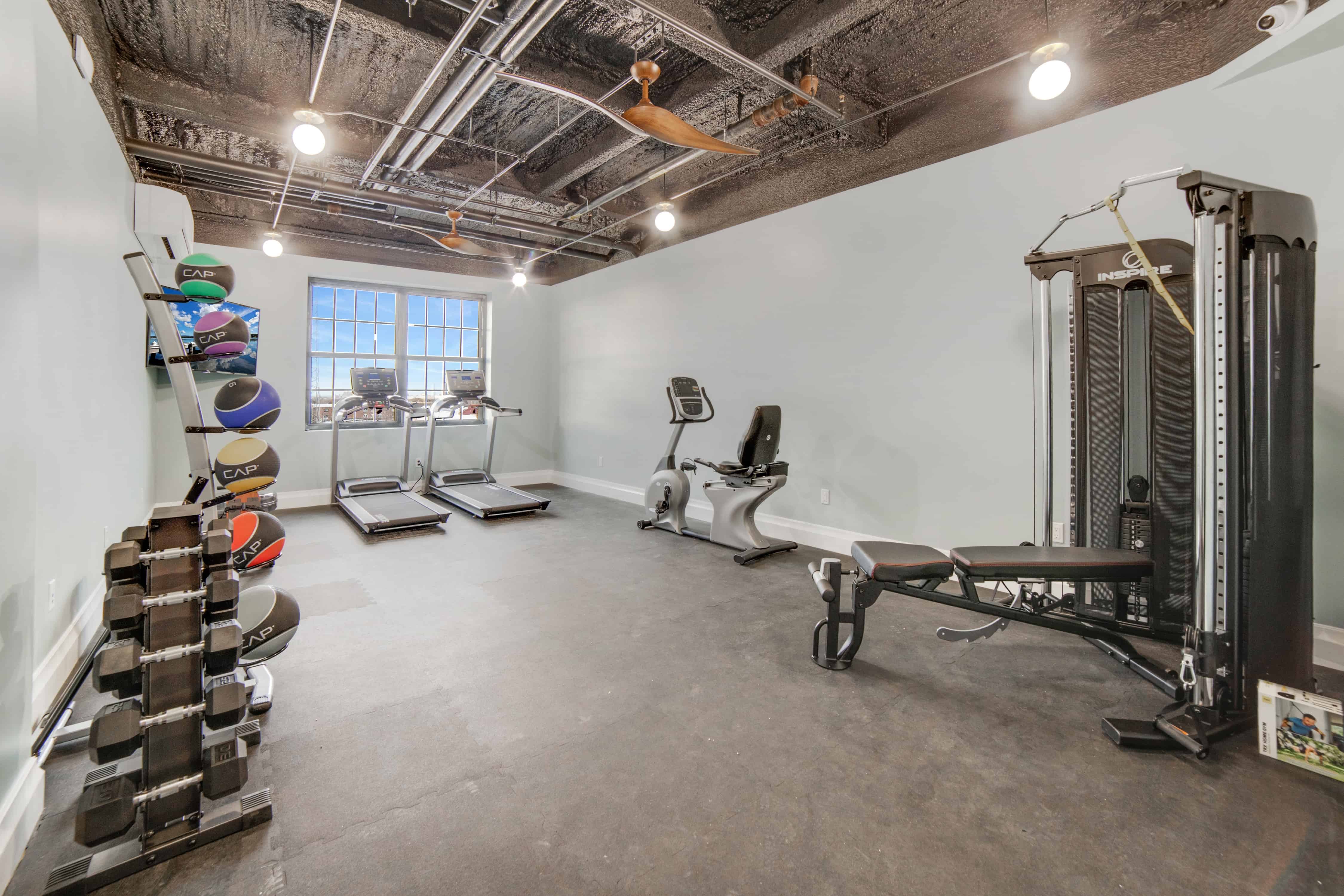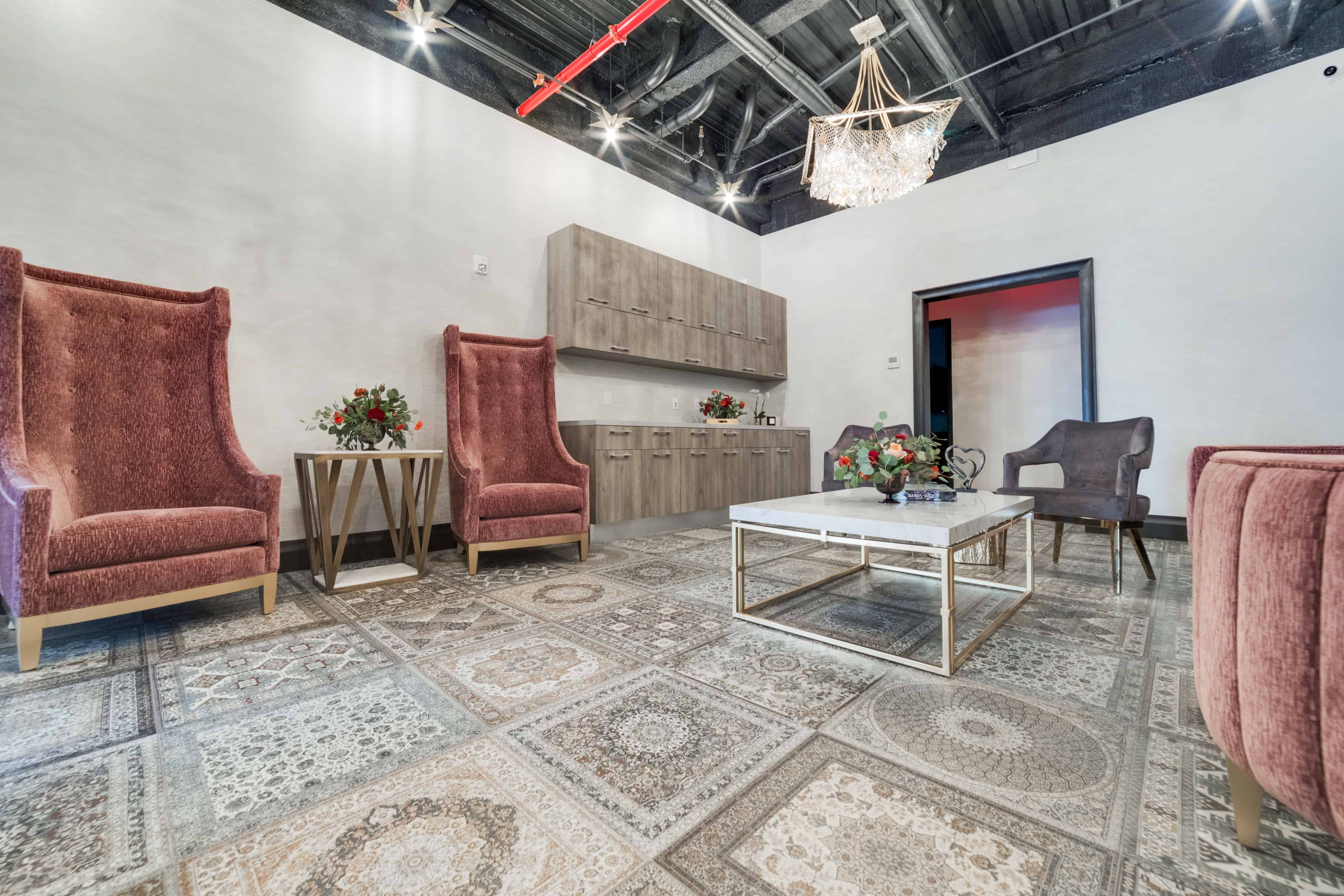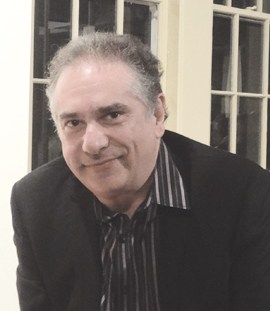Urban Recovery (UR), which opened at 411 Van Brunt St. in January, is the only private residential treatment facility in New York City. The five-level building houses 36 inpatient beds (including six detox-specific), and provides private inpatient and residential treatment for a variety of conditions, with a primary emphasis on substance use disorders.
We walked down the block to find out what exactly is going on in their brand-new building.
“In a world that’s become defined by division, we’ve created a community here in Brooklyn that’s based on the healing power of human connection,” said Dr. Paul Hokemeyer, Senior Clinical Fellow at UR, in a statement. “Yes, we have effective clinical tools, but the system in which these tools are delivered to the human beings and families who trust us with their challenges are different from the systems found in other, larger, more remotely located facilities. Our delivery system is intimate and nimble. It provides a physical and emotional frame within which our clients can tap into their power to engage in not only reparative and curative outcomes, but to optimize their functioning in the world.”
Chief Clinical Officer Bruce Singer, Psy.D., has extensive training and work experience in many areas of mental health, including chronic pain, chemical dependence and addiction. He said he was asked by Denise Bertin-Epp, UR’s CEO, about a year ago to join her in helping to create the facility. The two had previously worked together at Crossroads Centre in Antigua, a substance-abuse rehab center for drug and alcohol addiction that was founded by musician Eric Clapton 21 years ago.
“[UR] was built and designed to be a five-story treatment center with the idea that … we could move away from this concept of the bubble of treatment where people go to the beaches of California, to islands like Antigua or to the desert – that we can work with people in their backyard,” Singer told us.
Since every case is different, UR does a series of assessments for those who walk through their doors and provides a tailored treatment plan that’d be most beneficial to them. Each day’s scheduled yet flexible and has individual and group sessions for clients to process their thoughts and feelings around recovery. Singer, who handles scheduling, also explained that no two days in treatment are alike; for example, there might be a focus on physical health one day and a focus on mental and spiritual health the next.
Singer said they’d like people to stay between 35 and 90 days for their residential program. Since opening in January, they’ve had successful discharges and also some clients who’ve stayed with them almost the entire time.
Amenities

UR’s licensed by the NYS Office of Alcoholism and Substance Abuse Services for medically supervised inpatient withdrawal and stabilization services and is accredited by the Commission on Accreditation of Rehabilitation Facilities for inpatient rehabilitation services. Singer explained that, as a result, there are two separate programs within the building to help treat clients.
Their primary therapists, who are licensed master clinicians and clinical social workers, have no more than five clients each. UR has 24-hour nursing, a full-time staff (including psychiatrists, counselors and wellness professionals in spirituality, arts and fitness), and contracts with outside clinicians to come in – like yoga and Pilates instructors, and biofeedback and neurofeedback therapists. Onsite there’s an in-house chef, fitness room, music studio, art room and private rooftop deck. The facility also works with the city’s offered resources and integrates neighborhood-based exposure therapy as a foundation for life-changing care.

“We’re doing our best to blend into the neighborhood and give [our clients] experiential activities that take them out into Red Hook, Brooklyn, and the city as part of their treatment,” Singer said. “So far that’s been very successful.”
Collaboration
A film company joined forces with the rehab facility to introduce a video component to their counseling process. The studio is equipped with three hanging cycloramas (black, white and green), professional lighting, and audio and camera equipment setup.
This studio, which was a part of the original design concept, is used for clients who’d like to do video journaling during their time at the facility. It gives them the opportunity to speak freely, and is recorded onto an SD card that only they have access to.
“Journaling like this could be a powerful tool to help them hear their own language and voice around their experience,” Singer said. “How that language changes over time is very powerful for people.”
Top photo courtesy of Urban Recovery
Author
-

George Fiala has worked in radio, newspapers and direct marketing his whole life, except for when he was a vendor at Shea Stadium, pizza and cheesesteak maker in Lancaster, PA, and an occasional comic book dealer. He studied English and drinking in college, international relations at the New School, and in his spare time plays drums and fixes pinball machines.
View all posts
George Fiala has worked in radio, newspapers and direct marketing his whole life, except for when he was a vendor at Shea Stadium, pizza and cheesesteak maker in Lancaster, PA, and an occasional comic book dealer. He studied English and drinking in college, international relations at the New School, and in his spare time plays drums and fixes pinball machines.
Discover more from Red Hook Star-Revue
Subscribe to get the latest posts sent to your email.











